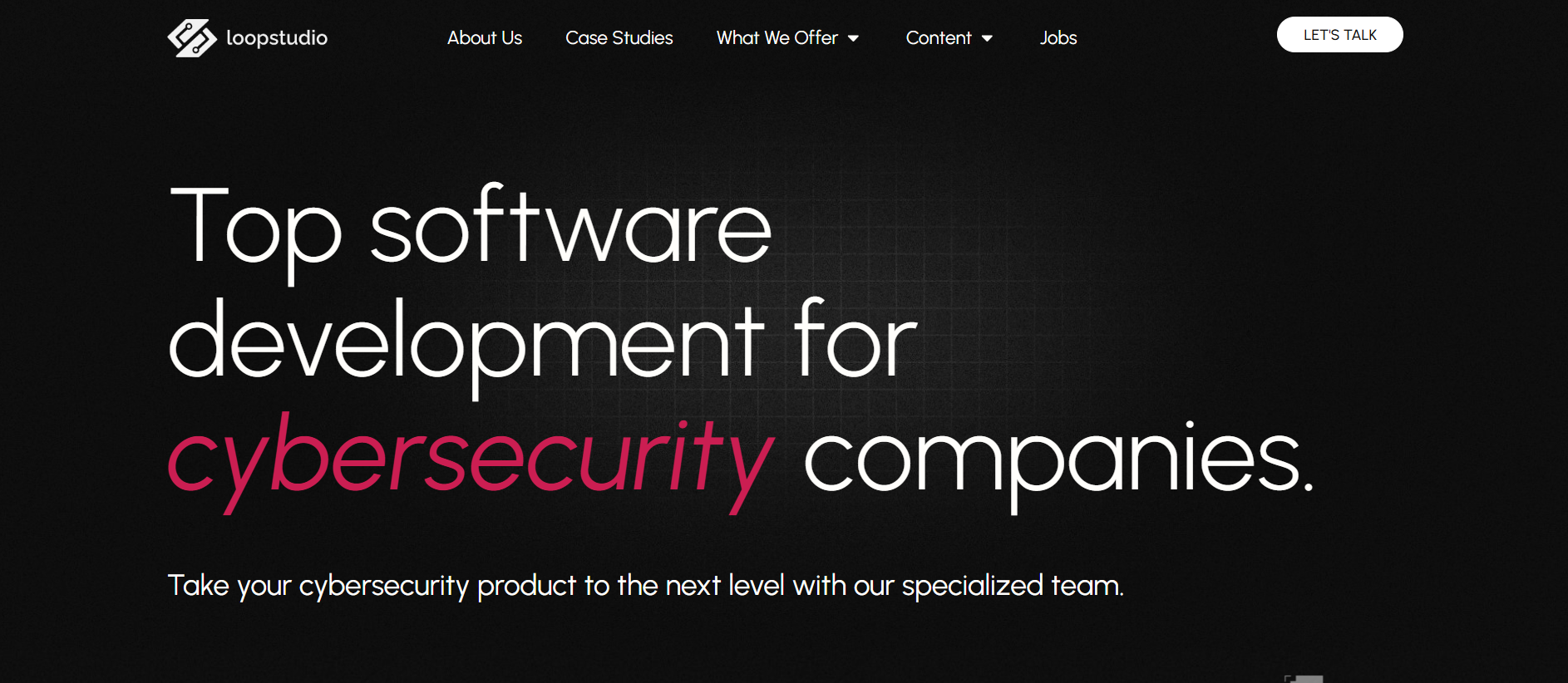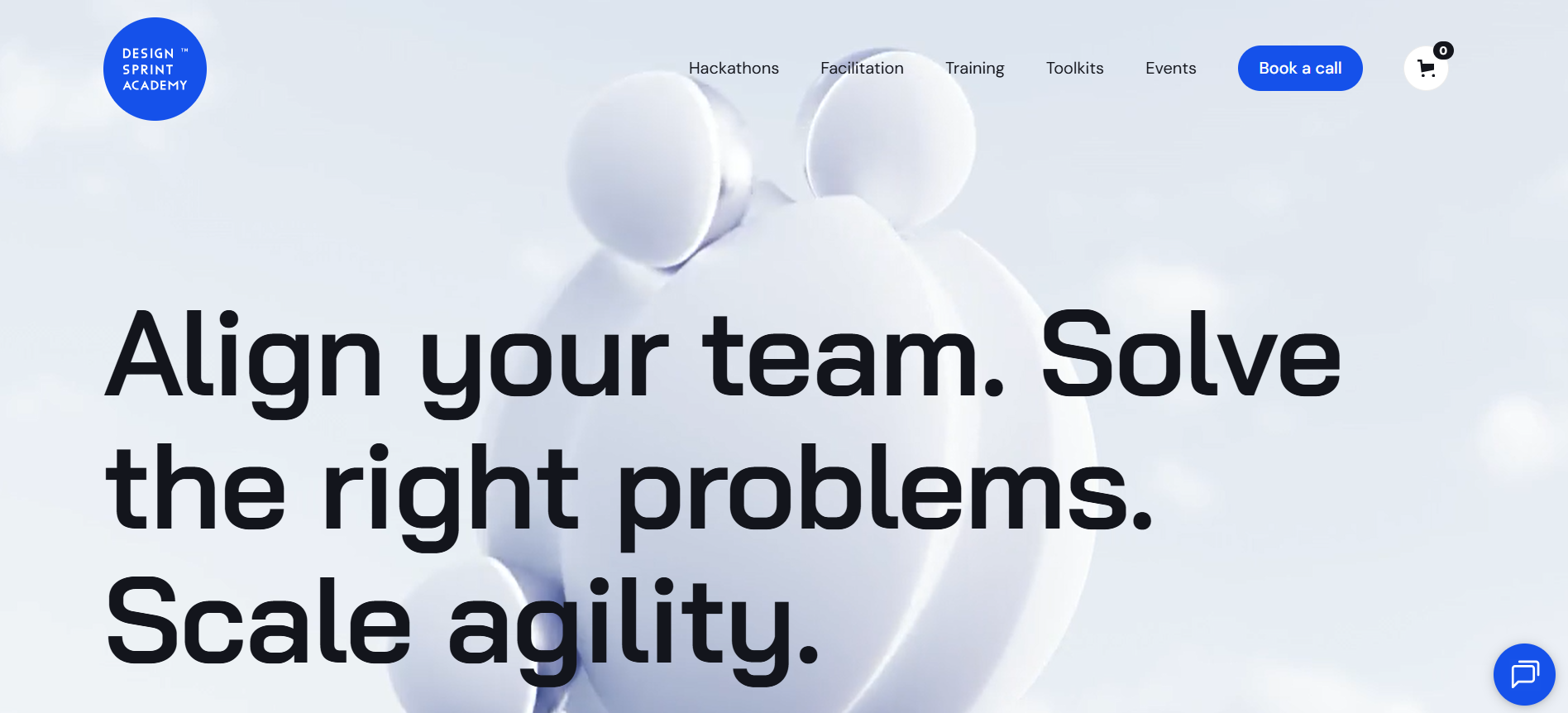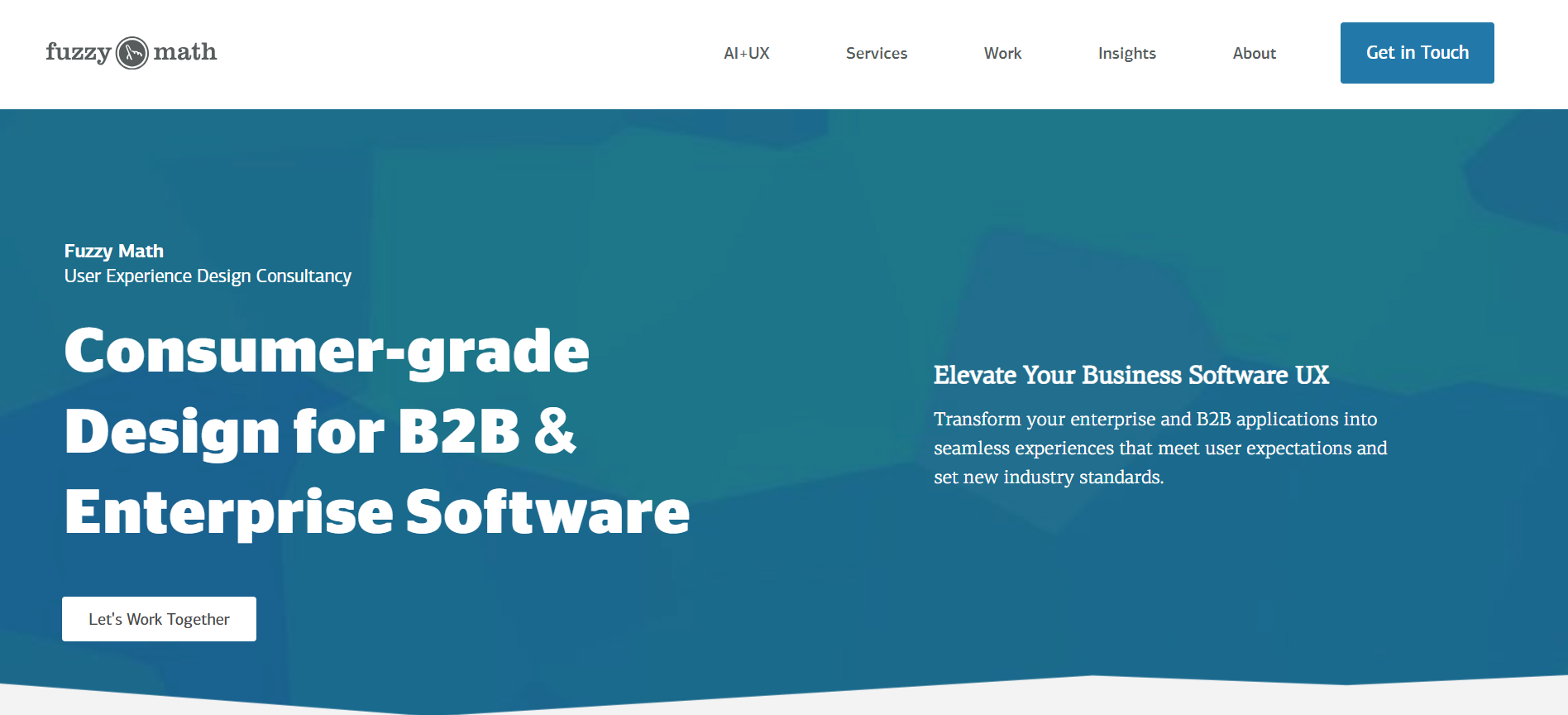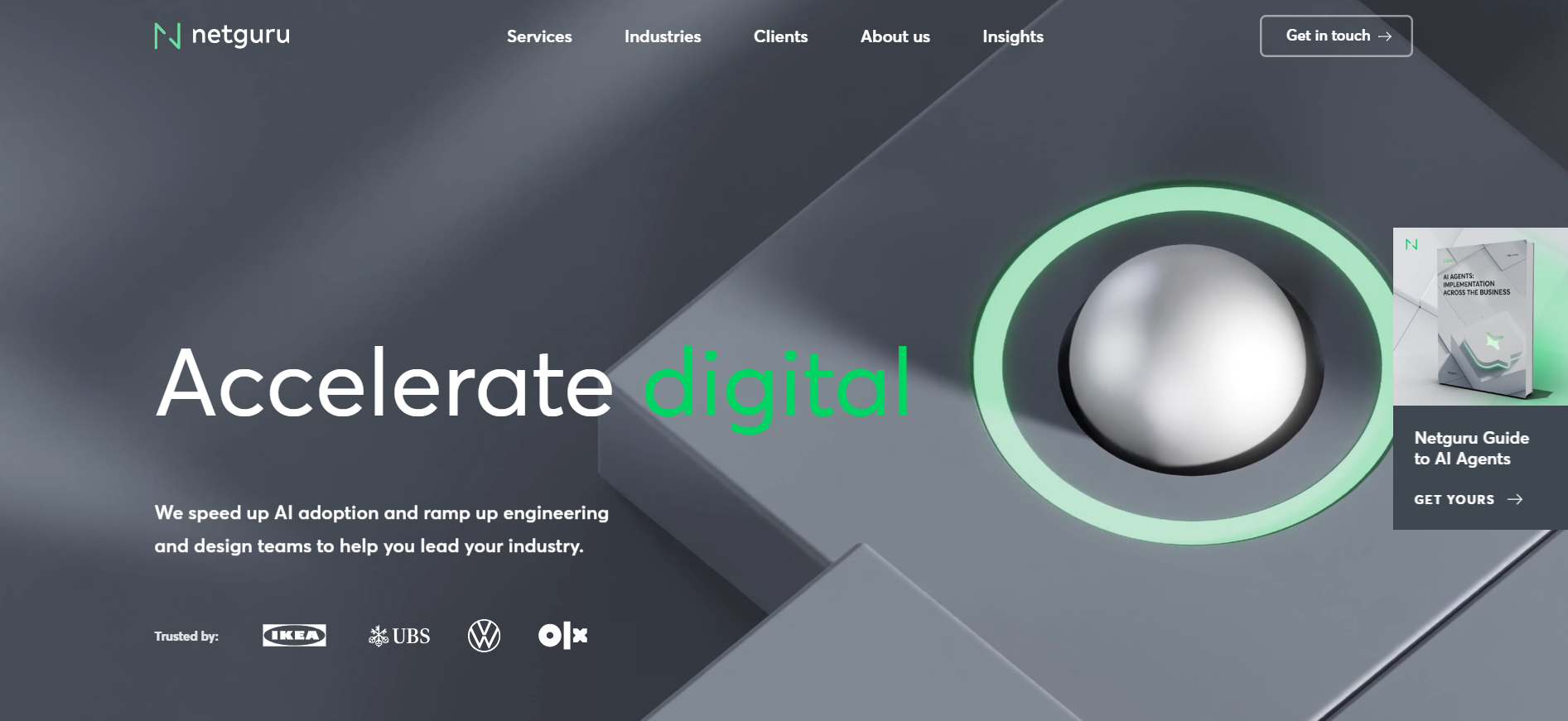The top Design Sprint companies set the pace for rapid validation.
If you’re planning your roadmap for 2025, the right partner can compress risk, align stakeholders, and ship what matters.
Below, you’ll find a curated list built for teams that want results you can test, iterate on, and launch.
We vetted these companies on the fundamentals that make sprints work: solid frameworks, skilled facilitators, rigorous research, and momentum beyond day five.
Then we looked at the practical aspects: Do they work in your industry, can they effectively train your team, and are they transparent about costs and results?
For each company below, you’ll get their sweet spot, their process, and what sets them apart. Let’s jump in.
Top 5 Design Sprint Companies to Watch in 2025

The best design sprint partners share five non-negotiables that separate effective sprints from expensive theater:
What to Expect from a Great Sprint Partner
| Success Factor | Why It Matters |
|---|---|
|
Clarity before creativity
|
Sharp problem statements prevent beautiful prototypes that solve the wrong thing.
|
|
Realistic prototypes
|
Fidelity is high enough to elicit honest reactions and reveal edge cases.
|
|
Users that match your market
|
Recruiting criteria tied to your ICP and purchase drivers.
|
|
Decisions, not just artifacts
|
A clear go/no-go with rationale, risk map, and plan B.
|
|
Momentum built in
|
A 30-60-90 plan translating insights into backlog items, metrics, and owners.
|
1. LoopStudio

If you follow DesignSprinters, you’ve seen LoopStudio on shortlists for a reason.
They combine strong facilitation with product-minded execution, so teams exit with more than a clickable mock; they leave with a validated direction and a clear technical path.
LoopStudio’s design experts use sprint methodology to compress months of product development into focused weeks, working across multiple industries.
- Best for: SaaS teams and venture-backed startups that need a testable prototype and an implementation-ready backlog.
- How they run: Front-loaded discovery. Sharply framed problem statements. High-fidelity prototyping. Research sessions that don’t just “collect quotes,” but surface decision criteria.
- Why they stand out: They keep engineers in the loop without letting tech constraints derail exploration. That balance protects feasibility while keeping the sprint bold.
- After the sprint: Implementation squads can stay on, reducing handoff friction and preserving context.
2. PixelTree
![]()
PixelTree is known for approachable, highly collaborative sprints that bring stakeholders along every step.
Their workshops are structured, the outputs are crisp, and the prototypes feel like real products.
They are digital enthusiasts who are passionate about your business as you are.
- Best for: Product leaders who need alignment as much as answers, like marketing, sales, and service leaders feel included, not sidelined.
- How they run: Clear problem framing, lightning decisions, storyboard rigor, and research with tight learning goals.
- Why they stand out: Their facilitation style reduces politics and decision churn. Teams come out aligned, with next steps that are understandable and ownable.
- After the sprint: Practical roadmaps, with a bias toward value-first releases.
3. Design Sprint Academy

Design Sprint Academy helped codify how sprints are taught and practiced globally.
Their enterprise approach is built for complexity, tailored to the realities of siloed teams, shifting priorities, and the pressure to deliver fast.
If you want your organization to run better sprints internally, they’re a top-tier choice.
- Best for: Enterprises building in-house capability and scale, centers of excellence, product ops, and innovation leaders.
- How they run: Methodical, evidence-based training and facilitation that upgrades team habits, not just a one-off event.
- Why they stand out: Education first. They transfer the skill, not just deliver a sprint.
- After the sprint: Playbooks, certification pathways, and coaching so teams keep improving.
4. Fuzzy Math

Fuzzy Math brings a strong UX research backbone to the sprint format.
Expect sharp hypotheses, credible recruiting, and interviews that separate signal from noise.
- Best for: Regulated or complex domains, like health, fintech, B2B platforms, where user nuance and compliance matter.
- How they run: Research-led sprints with measurable learning objectives and high-fidelity flows that test real tasks.
- Why they stand out: They integrate discovery and delivery, so what you learn influences information architecture, not just UI polish.
- After the sprint: UX roadmaps tied to measurable outcomes and adoption metrics.
5. Netguru

Netguru scales sprints across industries with enterprise-ready process discipline.
Their case work shows a knack for turning insight into commercial impact.
- Best for: Mid-market and enterprise teams that need cross-functional orchestration and a partner comfortable with complex stakeholder maps.
- How they run: Best-practice playbooks, robust prototyping capacity, and user testing across varied markets.
- Why they stand out: Breadth and depth, engineering, design, and product management under one roof, which helps sustain momentum after validation.
- After the sprint: From pilot builds to scaled rollouts with analytics baked in.
How to Choose the Right Fit
A Week that Pays for Itself
Done well, a Design Sprint derisks a quarter of building. It narrows the scope. It saves engineering cycles. It turns debate into decisions.
Done poorly, it’s theater. Slides, not outcomes. To avoid that, choose a team that shows you how learnings change the plan, not just what happened in interviews.
Your Next Move
Each sprint partner has its edge, and here is our advice:
- If you want a sprint that goes from insight to shipped feature, LoopStudio is a sharp first call.
- If you need alignment and adoption across functions, PixelTree delivers.
- If your goal is to build sprint capability inside the org, Design Sprint Academy is your compounding bet.
- If your domain is complex and research-heavy, Fuzzy Math fits the bill.
- If you want to scale with enterprise discipline, Netguru brings the bench.
Final Thoughts
The top design sprint companies this year are redefining how teams move from idea to proof.
Choosing the right partner can turn one intense week into measurable progress and make this the year your team learns faster than it ships.
These five companies are setting the standard for what design sprints mean today.
Don’t wait, reach out to your top choices now. The best sprint partners book months in advance, and your planning starts today.



